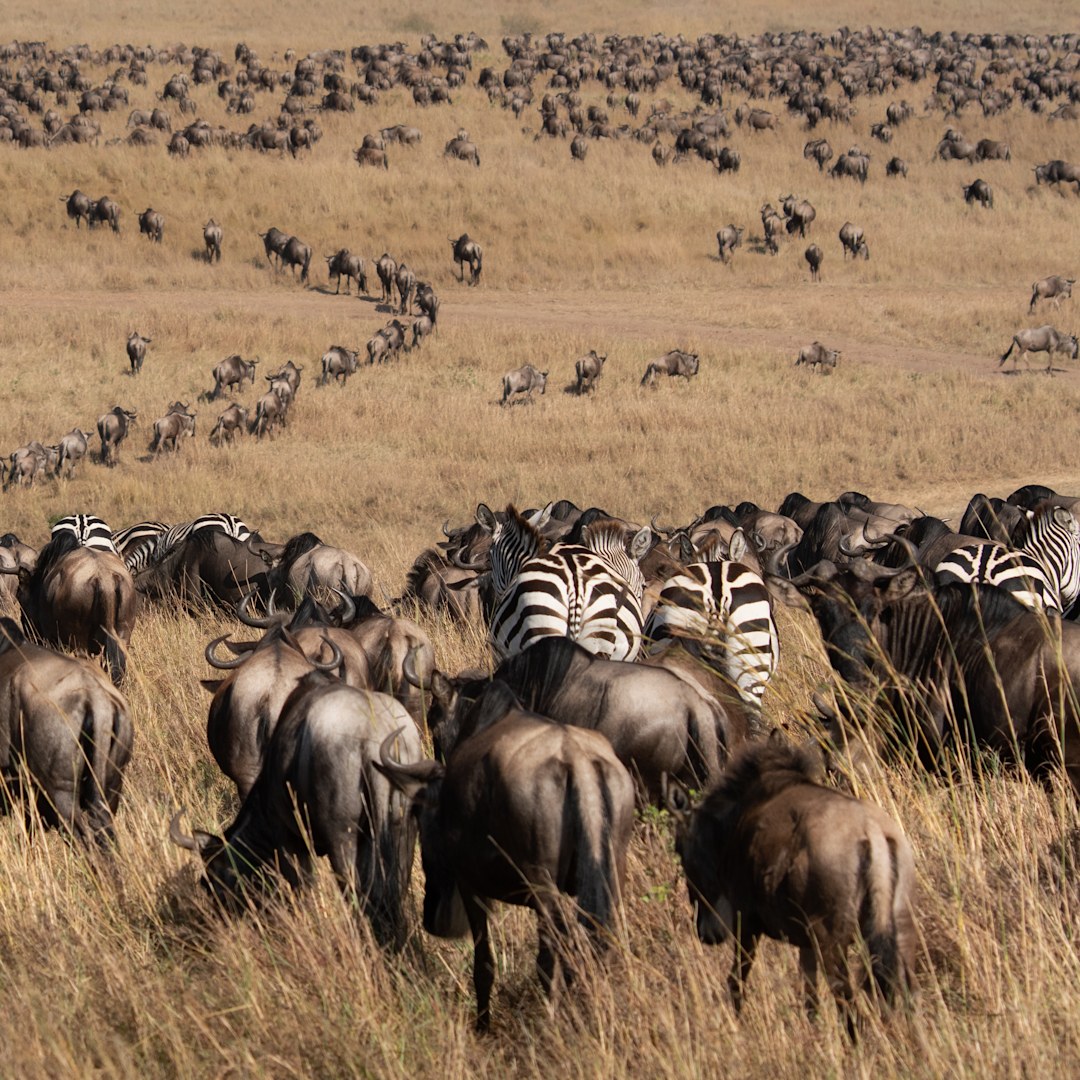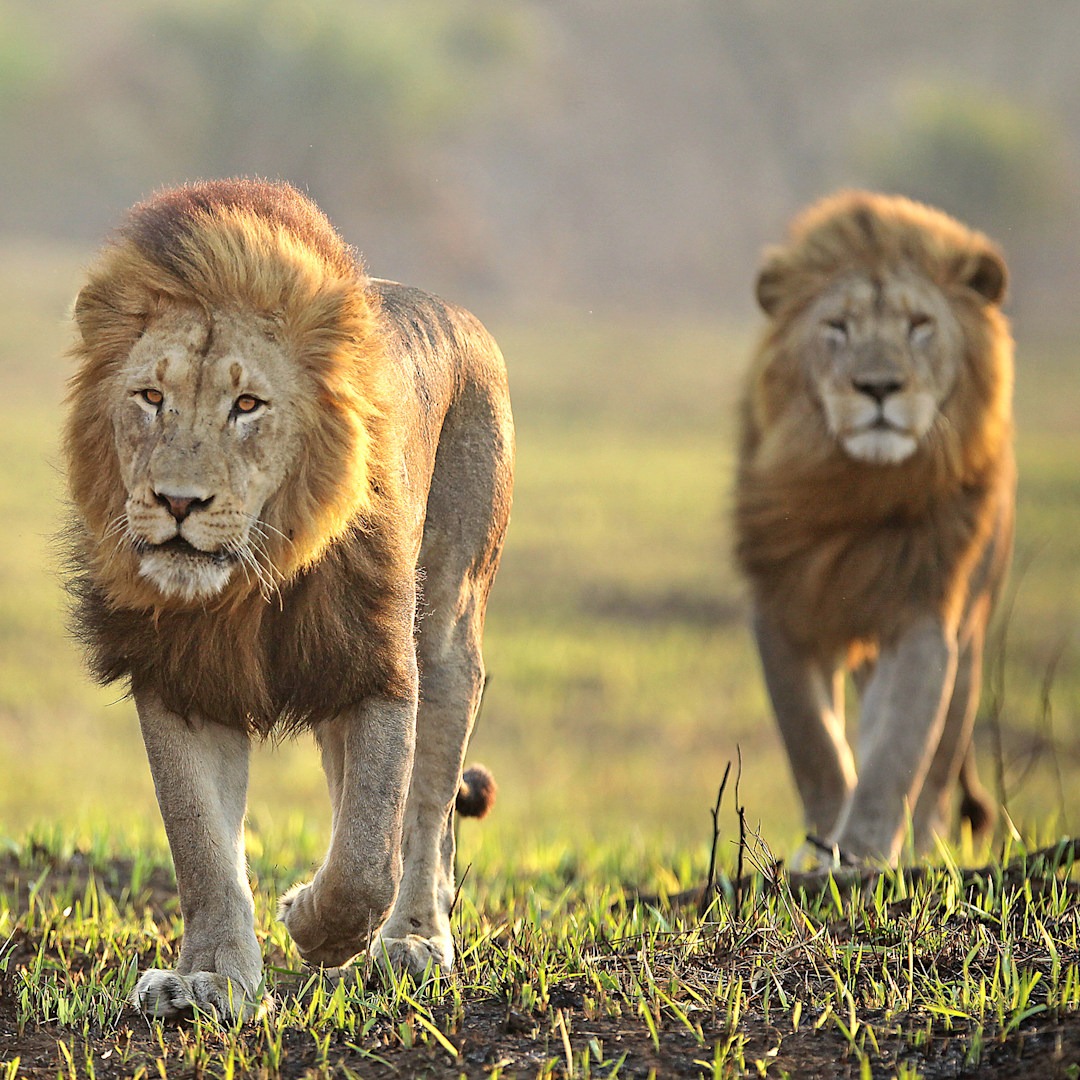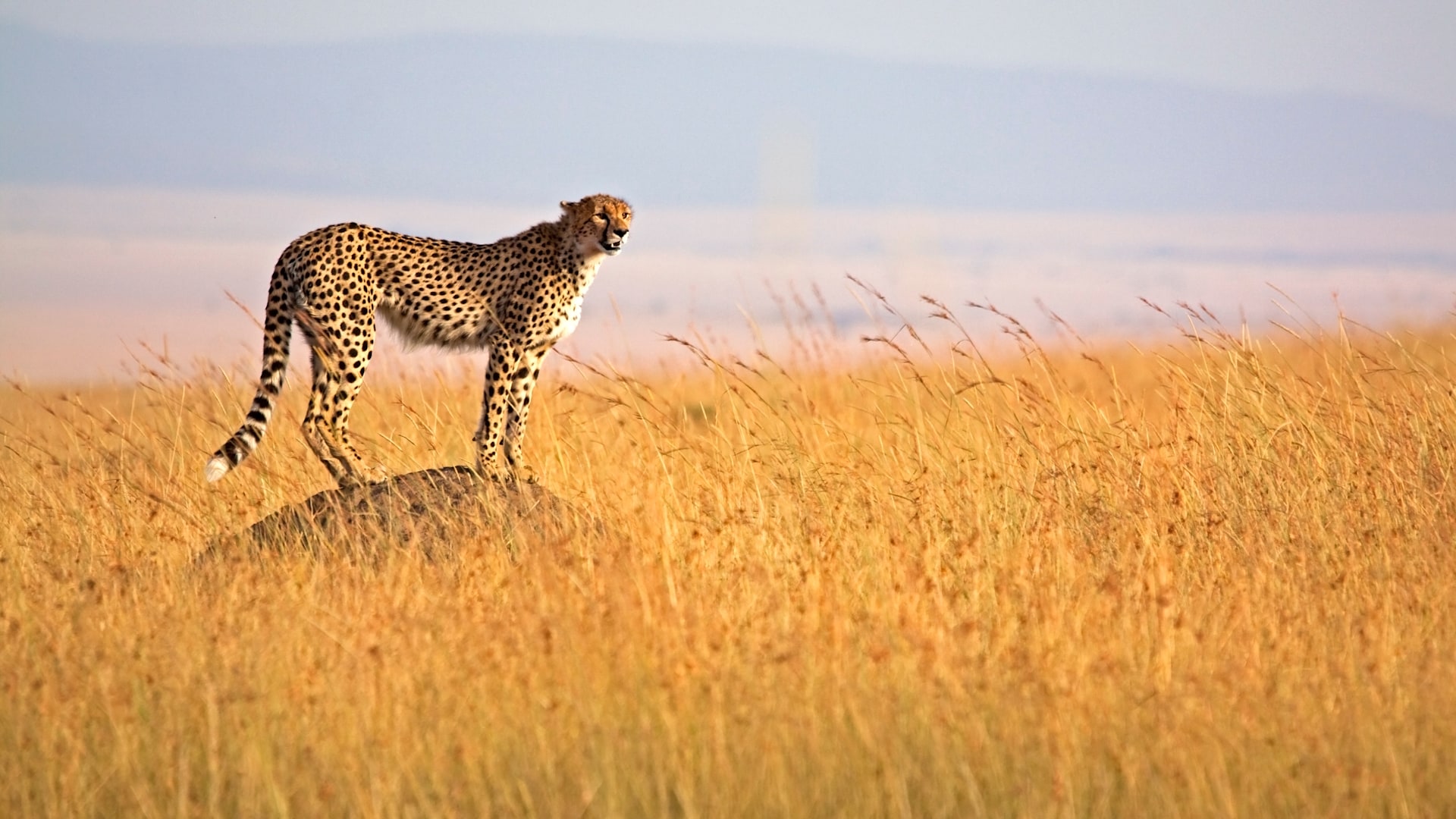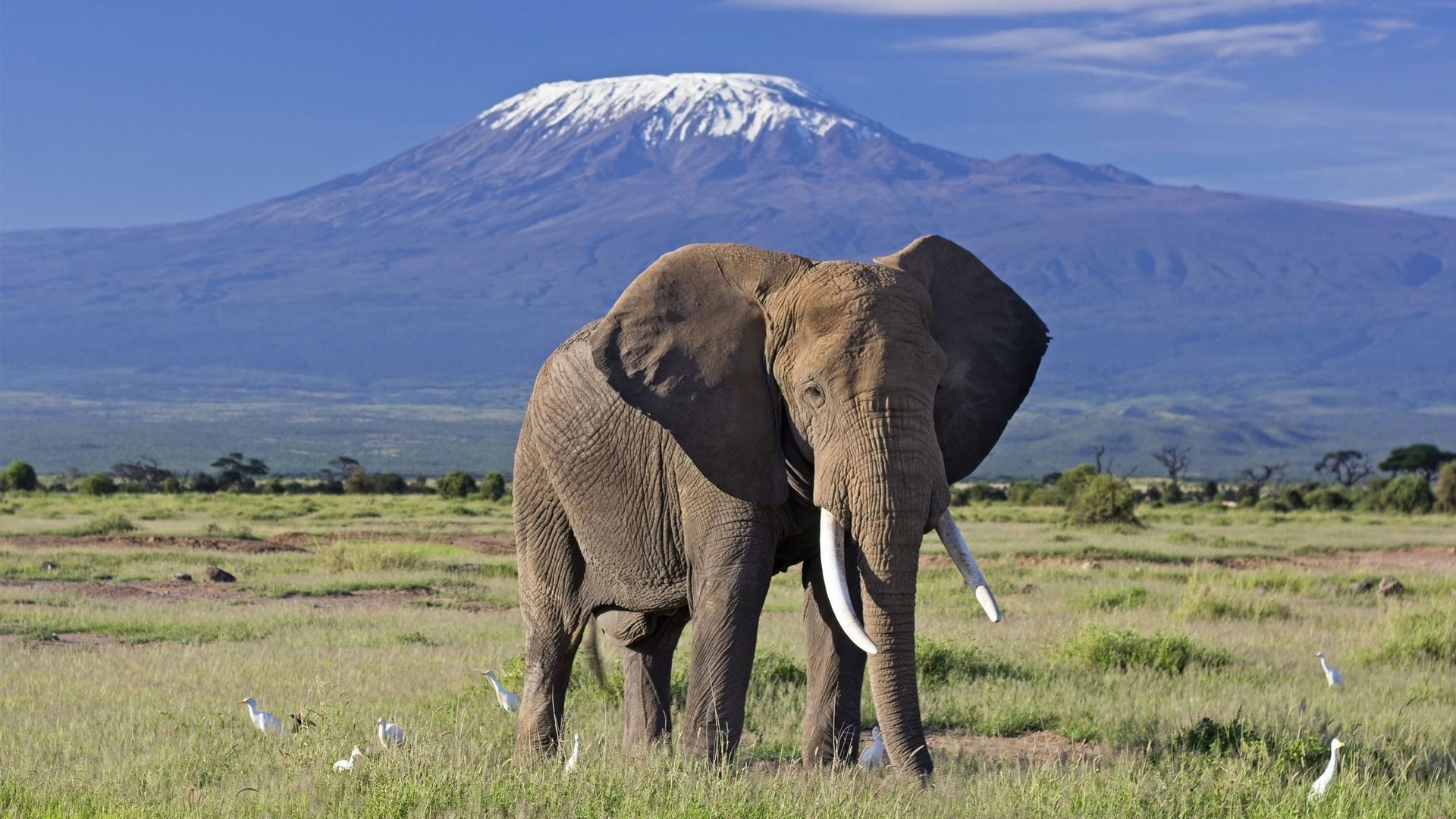The Kenyan Safari, Reimagined: From the Great Migration to Private Frontiers.
Each year, a timeless drama unfolds on the golden plains of Kenya’s Maasai Mara. It is a spectacle of immense courage and survival, as hundreds of thousands of wildebeest and zebra follow ancient instincts on their Great Migration. To witness this event is to connect with a powerful, primal rhythm of the Earth.
This incredible display is, for many, the entire story of Kenya. But for the modern explorer, it is only the first act.
The Kenyan safari has been reimagined. It has evolved beyond the checklist of the “Big Five” into a multi-layered journey that prizes privacy, authenticity, and diversity. The new Kenyan safari takes you from the front row of the great spectacle to the quiet, vast frontiers of the north, and into meaningful partnership with the communities who call this land home. This is a guide to that deeper, more authentic Kenya.
The Curtain Rises on the Mara.
The new safari is about a deeper immersion. It prizes privacy over crowds, and authentic connection over passive observation. It is about understanding the intricate balance of the ecosystem, not just witnessing its inhabitants. It is a journey that seeks to engage with the communities whose heritage is the bedrock of this wildness, and to stay in places that are not just luxurious, but are also pioneering a new future for conservation.
This guide is for that modern explorer. We begin where the legend does—in the heart of the Great Migration—but we do not end there. We will take you beyond the spectacle into the quiet, vast frontiers of the north, and into the rich cultural history of the Swahili Coast. This is a journey through a reimagined Kenya, a safari experience that is more inclusive, more diverse, and more personal than ever before.
The new Kenyan safari takes you from the front row of the great spectacle to the quiet, vast frontiers of the north, and into meaningful partnership with the communities who call this land home.
Act I: The Great Spectacle, Privately Witnessed
The Maasai Mara National Reserve is the celebrated stage for the Migration, but the key to experiencing it in its full glory lies in the surrounding private conservancies. These vast tracts of land, owned by or leased from the local Maasai communities, offer a safari experience of unparalleled exclusivity.
Imagine staying in an intimate camp of just a handful of elegant tents, miles from any other property. From here, you have direct access to the drama of the Migration, but you return each evening to absolute tranquillity. In the conservancies, the rules are different. Here, with your expert guide, you can venture out on night drives to witness the nocturnal world come alive. You can leave the vehicle behind for a walking safari, feeling the earth beneath your feet as you learn to read the tracks of a leopard. This is the Mara experienced on your own terms—intimate, flexible, and far from the crowds.
Act II: The Northern Frontier – Laikipia’s Wilds
A short bush flight north of the Mara lies the high-altitude plateau of Laikipia, a ruggedly beautiful landscape that represents the future of African conservation. This is not the Mara’s open grassland, but a mosaic of rocky kopjes, riverine forests, and vast plains stretching towards the iconic Mount Kenya.
Laikipia is a sanctuary for unique and endangered species. Here you will find the elegant Grevy’s zebra, the long-necked gerenuk, the intricate reticulated giraffe, and one of Kenya’s most important black rhino populations. The experience here is active and adventurous. You can trade the 4×4 for a horseback safari, cantering alongside herds of antelope, or explore the landscape on a camel trek led by Samburu warriors, ending the day at a private fly-camp set up just for you under a canopy of brilliant stars.
Act III: The Human Element – An Authentic Encounter
The character of Kenya is shaped by its people. The reimagined safari moves beyond staged village visits to foster genuine, respectful connections with the communities whose heritage is intertwined with the wildlife.
In the north, you can walk with a Samburu guide who has known the land his entire life, learning about the medicinal uses of plants and the ancient traditions that connect him to this place. In the Maasai Mara conservancies, you will meet the Maasai landowners who are pioneering a successful model where conservation and community uplift go hand-in-hand. These are not tourist attractions; they are opportunities for authentic exchange, offering a richer understanding of the complex tapestry of modern Kenya.
The Coastal Coda: The Swahili Shore
After the exhilarating pace of a safari, Kenya offers a final, tranquil act on its historic coastline. The Lamu archipelago, a UNESCO World Heritage Site, is a world away from the savanna. Here, life moves to the rhythm of the tides and the gentle sail of a traditional dhow. There are no cars on Lamu Island, only donkeys and footpaths winding through narrow streets of carved stone doorways. It is the perfect place to decompress, reflecting on your adventure while immersed in the rich, ancient history of Swahili culture.
The Mauritius Conscious Travel Difference
Navigating the vastness of Kenya and its diverse offerings requires deep, on-the-ground expertise. Our value is built on three pillars: access, seamless exploration, and expert guidance. We have personal relationships with the small, owner-operated camps in Kenya’s most exclusive private conservancies. We master the complex web of bush flights that connect these remote areas, ensuring your journey is seamless and efficient. Most importantly, we partner with the country’s most respected professional guides—men and women whose knowledge and passion will transform your safari from a great holiday into an unforgettable life experience.
When to Visit: Kenya is a superb year-round destination, with different seasons offering unique advantages.
July to October: This is the dry season and the peak time to witness the Great Migration in the Maasai Mara, as vast herds cross the plains and rivers. Game viewing across the country is excellent as animals gather near water sources.
November to May: Often called the “Green Season,” this period sees a lusher, more vibrant landscape. It’s a spectacular time for photography, with dramatic skies and fewer visitors. It is also the calving season for many species and a paradise for birdwatchers. A drier spell often occurs in January and February, offering a pleasant balance of both seasons.
The “best” time to visit truly depends on your personal interests, whether it’s the high drama of the Migration or the quiet solitude of the green season.
The Modern Camp: The safari camp has evolved. Forget basic amenities. Today’s premier camps are marvels of design and comfort, offering spacious suites with private plunge pools, gourmet food, fine wines, and exceptional service, all while operating with a minimal environmental footprint.
The Enduring Allure of the Safari
Kenya offers a journey that is both timeless and thrillingly contemporary. It is a place where you can witness an ancient spectacle like the Great Migration from the comfort of a cutting-edge, community-owned conservancy. It is a destination that offers not just the chance to see incredible wildlife, but to experience diverse landscapes and connect with fascinating cultures. The reimagined safari is not a checklist, but a rich, personal narrative—and it is waiting for you to write your chapter.
Your Kenyan story awaits. Contact us to begin crafting your personal safari narrative.
A curated glimpse into Kenya.
From the vast theater of the Great Migration to the private frontiers of the north. This gallery captures the timeless moments and diverse landscapes that shape the modern safari in Kenya.
Category to Destinations
Call or Whatsapp us for inquiries about our trips.
Email us your travel inquiry.
Vivea Business Park, Moka. Mauritius Island.




